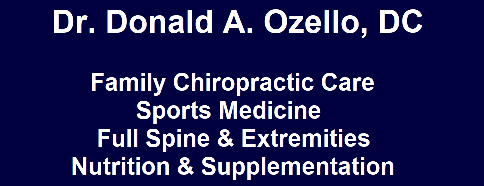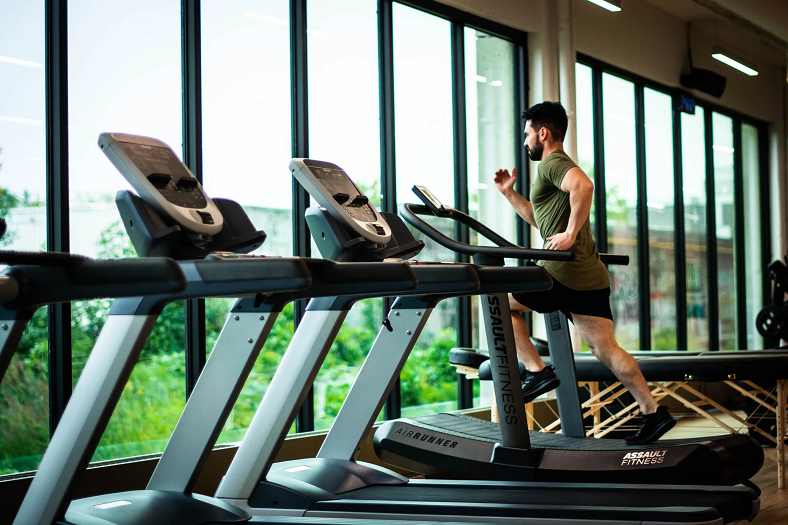Heart rate recovery is a predictor of the risk of cardiac death and an effective measure of aerobic fitness level. Heart rate recovery (HRR) is the measurement of the hearts ability to recovery following exercise. HRR is the difference between your heart rate during exercise and your heart rate two minutes after exercise.
Heart rate recovery is easy to measure and simple to understand. HRR does not require expensive lab tests. You can measure HRR by yourself with the assistance of a trained professional to monitor you in case of an emergency.
You can improve your HRR with exercise and proper nutrition. You can lower your risk of heart disease and increase your fitness at the same time by monitoring your HRR on a regular basis.
To determine your HRR follow these three simple steps. Exercise to seventy percent of your target heart rate (THR) and take your pulse. This is the first measurement. Stop exercising, wait two minutes (HR120) and take your pulse again. This is your second measurement. Subtract the second number (HR120) from the first number (THR) and you have your heart rate recovery.
Target heart rate is the desired heart rate while exercising for safety and efficiency purposes. To determine your target heart rate, follow these steps. Subtract your age from 220. This number is your maximum heart rate (MHR.) Fifty to eighty percent of your MHR is your target heart rate (THR.)
If you are 45 years old, your target heart rate is 88 to 140 beats per minute. 220 – 45 =175. 175 x 0.5 = 88. 175 x 0.8 = 140.
If you are 60 years old, your target heart rate is 80 to 128 beats per minute. 220 – 60 = 160. 160 x 0.5 = 80. 160 x 0.8 = 128.
Find the first number of the HRR equation by executing aerobic exercise to seventy percent of your maximum heart rate. Seventy percent is recommended because it is close to the top of your target heart rate but not too strenuous.
Never go to your maximum heart rate for your measurement. Start slow and gradually increase your heart rate. If you feel faint or pressure in your chest, stop the test immediately.
Monitor your pulse regularly while exercising. The easiest places to check your pulse are the carotid artery in the neck or the radial artery in the wrist. You also have the option to wear a heart rate monitoring device.
Once you get to seventy percent of your target heart rate stop exercising and rest. If possible, sit in a quiet room that is 68 to 77 degrees. During future testing, attempt to duplicate the identical exercise and sit in the same position in the same room.
At the two-minute resting point take your pulse at the same artery you did while exercising. This is your second number of your HRR equation.
Subtract your resting heart rate from your exercising heart rate to get your heart rate recovery. Target heart rate minus your heart rate after two minutes of rest equals your heart rate recovery. THR – HR120 = HRR.
If your THR is 140 and your HR120 is 110. Your HRR is 30.
If your THR is 140 and your HR120 is 130. Your HRR is 10.
If your HRR is 25 or over, you are at minimal risk for cardiac death.
If your HRR is 15 to 25 then you are at lower than average risk for cardiac death.
If your HRR is 13 to 15 then you are at moderate chance of cardiac death. If you are in this range, it is recommended that you schedule a cardiac evaluation.
If your HRR is 12 or lower you have a higher than average risk of cardiac death. If your test is in this range, it is highly recommended that you schedule a cardiac evaluation.
To improve your HRR you can implement an exercise program to increase your aerobic and anaerobic fitness levels. If you haven’t exercised in a long time seek a medical evaluation before beginning. Pursue advice from a qualified fitness trainer on how to start and what exercises will benefit you the most.
Find several exercises you enjoy and perform them correctly and consistently. Work at a level that is appropriate for you and never perform an exercise that elicits or intensifies pain or symptoms.
Develop dietary strategies that work for you. Increase your consumption of anti-inflammatory foods and decrease your intake of pro-inflammatory foods.
Test your HRR on a regular basis. Monthly or bi-monthly is sufficient. Progress may seem slow at first, but it will come. Sound exercise and nutritional strategies decrease your risk of cardiac death while concurrently improving your fitness level.
Disclaimer: Please visit a medical profession before beginning an exercise program. Please perform the Heart Rate Recovery Test in the presence of a trained medical or fitness professional. Performing the Heart Rate Recovery Test does not take the place of having a professional cardiac evaluation. If you feel faint, experience chest pain or pressure or arm pain during the test please stop immediately & contact a medical professional. If your test scores fall into a risk category, please contact a medical professional immediately for a cardiac evaluation.
Dr Donald A Ozello DC of Championship Chiropractic in Las Vegas, NV
Web Site: http://www.championshipchiropractic.com/
Blog: https://www.championshipchiropractic.com/wordpress/
YouTube: https://www.youtube.com/user/drdozellodc/videos
Twitter: https://twitter.com/drdozellodc
Facebook: https://www.facebook.com/Championship-Chiropractic-280141628688300/
LinkedIn: https://www.linkedin.com/in/dr-donald-a-ozello-dc-716b3233
“Running: Maximize Performance & Minimize Injuries” https://www.amazon.com/Running-Performance-Chiropractors-Minimizing-Potential/dp/1493618741
**Disclaimer: Always consult a medical professional before beginning an exercise program. Always work within your capabilities. Never perform an exercise that elicits or increases pain or symptoms. Reading this article and viewing the linked videos does not take the place of seeing a medical professional. Please visit a medical professional for evaluation, diagnosis & treatment.

